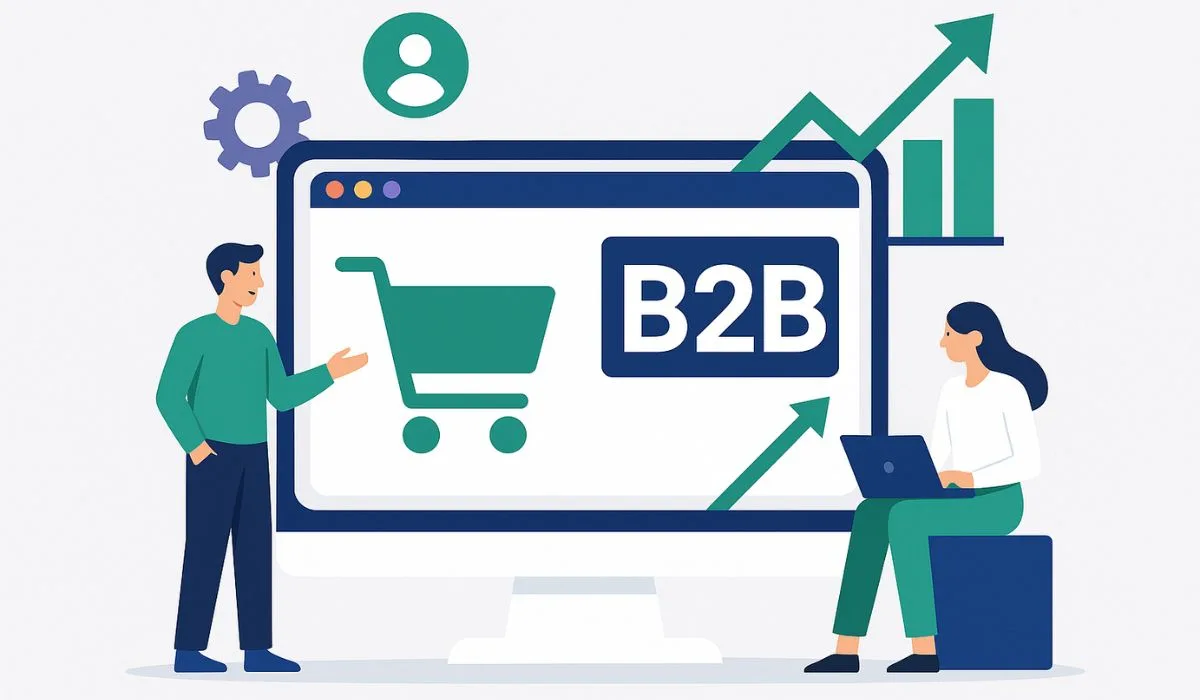How Contract Testing Enhances Our Release Process
Before introducing contract testing, our team faced several challenges, including unreliable end-to-end tests that often broke due to unrelated service changes. These tests were slow to run, causing delays in identifying issues and increasing the feedback loop. Integration failures were common as services evolved, leading to more time spent troubleshooting problems late in the release cycle. These challenges impacted our release process by slowing down deployments, increasing the risk of undetected bugs, and reducing overall confidence in the quality of our microservices.
Enter Contract testing to save the day:
What is Contract Testing?
Contract testing is a technique that ensures services in a microservices architecture communicate with each other as expected by validating the “contracts” or agreements between them. These contracts define the structure and expectations of interactions between service providers (producers) and their consumers.
In modern development, where microservices are independently deployed, contract testing plays a vital role in maintaining stability and ensuring seamless communication without requiring full integration testing. Unlike traditional end-to-end testing, contract testing focuses on verifying these agreements in isolation, enabling faster feedback and reducing integration issues.
In the above classical Test pyramid diagram, Contract tests fit in the Service/Integration tests layer, as they execute quickly and don’t need to integrate into external systems to run. Their job is to give you confidence that the systems you integrate with are compatible with your code before you release.
Contract testing, particularly Consumer-Driven Contract Testing, works by focusing on the interaction between two parties: the consumer (the service making a request) and the producer (the service providing a response).
In simple terms, the consumer defines what it expects from the producer in terms of the structure of the data, such as the format of a response or specific fields in an API call. This expectation forms the “contract.”
Let’s dive into a bit of detail with the help of the Pact tool.
Pact is a code-first contract testing tool, which requires access to the code on both sides of an integration point. To write Pact tests, you need to be able to write a unit test of the consumer and be able to manipulate the state (usually within the context of a unit test) on the provider side.
For example: a frontend service (consumer) calls a user service (producer) to fetch user details, the contract might specify that the user service must return a response containing a user ID, name, and email. The consumer tests these expectations by running contract tests that simulate calling the user service and verifying that the response matches the contract.
Consumer side:
On the producer side, contract tests validate that it is capable of fulfilling the expectations defined in the contract, ensuring no breaking changes are introduced.
Producer side:
The beauty of this approach is that these tests can be run independently, without requiring the full integration of services. This means that both the producer and consumer can verify their compatibility early in development, avoiding surprises during integration. Once a contract is agreed upon, both parties are responsible for adhering to it, and contract tests help ensure this compliance at every stage of the development lifecycle.
Flow of Contract Tests:
This way, contract testing isolates potential issues, giving both the producer and consumer teams confidence that their services will work together, even as they evolve independently. This approach provides faster feedback, reduces integration problems, and ensures stability across microservices.
How Contract Testing Helped Us
Currently, In our release process, contract testing is seamlessly integrated into the CI/CD pipeline, ensuring that services are tested for compatibility early and frequently. As soon as a service’s contract is updated or code changes are made, the contract tests are triggered automatically, validating that the changes don’t break the agreed-upon contract.
These tests complement other forms of testing, such as unit, integration, and end-to-end tests, by focusing specifically on the interaction between services, which reduces the need for full integration environments. Using tools like Pact to manage and validate these contracts, we ensure efficient and reliable communication between microservices at every stage of development.
Contributors
-

Ahmed Abbas
writer
-

Tooba Nadeem
editor



